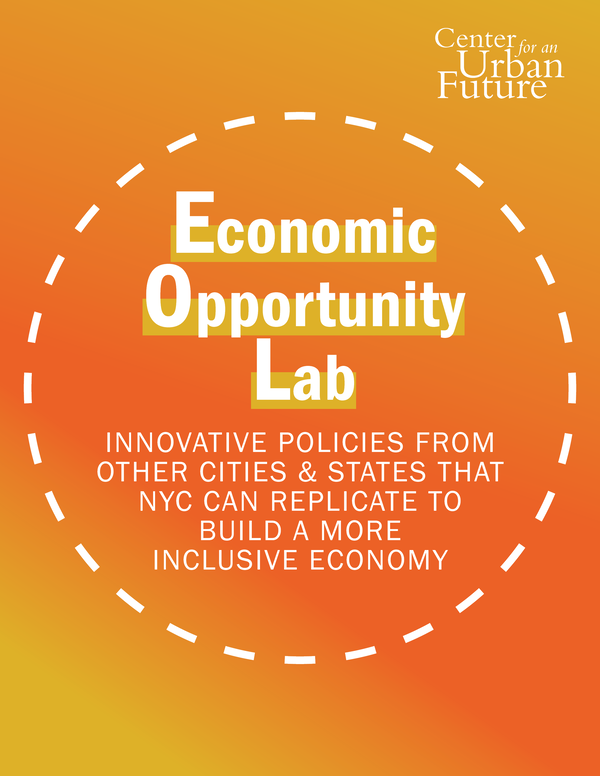Today could be an historic day for foster youth in New York City. Mayor de Blasio will sign three bills into law that for the first time require city agencies to report data tracking a host of employment, educational and social outcomes of young people before and after they age out of the city’s foster care system. By regularly reporting hard cold numbers on the extent to which foster youth go off course in their transition to adulthood, the de Blasio administration could set the stage for a wholesale transformation of how the city prepares young adults for life after the child welfare system. However, the acid test will be whether the city uses this new data to change the way it serves foster youth.
Today, foster youth grow to adulthood in a system designed to provide short-term services to children. The priorities drilled into every foster care case worker are to ensure safety and achieve permanency (connecting children to trusted adults, preferably through adoption or family reunification). The city holds foster care providers accountable for these twin goals with a detailed annual performance review.
But while safety and permanency are vital, cities agencies have other critical responsibilities as well. Young people also need to stay in school and get a high school diploma. They need to explore and plan for careers. They need to have good reasons not to go off-track through teen pregnancy or petty crime. This is the developmental side of foster care, and too often it goes badly.
Our 2011 Fostering Careers report found that an alarming share of the young people who leave foster care on their own between the ages of 18 and 21 struggle as adults. Caseworkers reported that half of all former foster youth were unemployed at age 24. An analysis by two city agencies discovered that one out of five foster youth who left care in 2005 entered a city homeless shelter within the next three years, and four-fifths of those were mothers with children.
Some foster youth flourish in adulthood. After all, they are just as diverse a group as any other set of teens. But it should come as no surprise if the majority of foster youth in New York City struggle and fail to reach their full potential. How successful would you or I have been if we were cut off from all parental encouragement and financial support at age 21?
Lack of information has a way of paralyzing action. Because the city has not previously tracked foster youth after they leave care, policymakers and the public simply do not know enough about the effectiveness of the services young people receive while they are still in the foster care system, the ability of foster youth to access public housing and other supports, and most of all, how they fare as adults beyond the level of inspiring or tragic anecdotes.
The bills being signed today could change that. In particular, a bill sponsored by Public Advocate Letitia James (and recommended by the Center) will require the city Administration for Children’s Services to report how many foster youth become homeless after leaving care, how many get arrested and incarcerated, how many go on public assistance or receive Medicaid or Food Stamp (SNAP) benefits.
James’s bill could be a game changer, because it will prove once and for all that the kids are not OK. When the numbers improve, policymakers can start figuring out what services for foster youth work and which supports matter. Then the city can build a smarter foster youth system around those services and supports.
But information will need to turn into action. Mayor de Blasio should be commended for signing the three bills – and for authoring the bill now sponsored by Public Advocate James – but he should also commit to rebuilding the child welfare system to improve how it serves the developmental needs of foster youth. That means using the information that results from these bills to drive real change in adult outcomes. That way, the next generation of young people in care can experience a transition to adulthood that looks a little bit more like what their middle-class peers take for granted.




